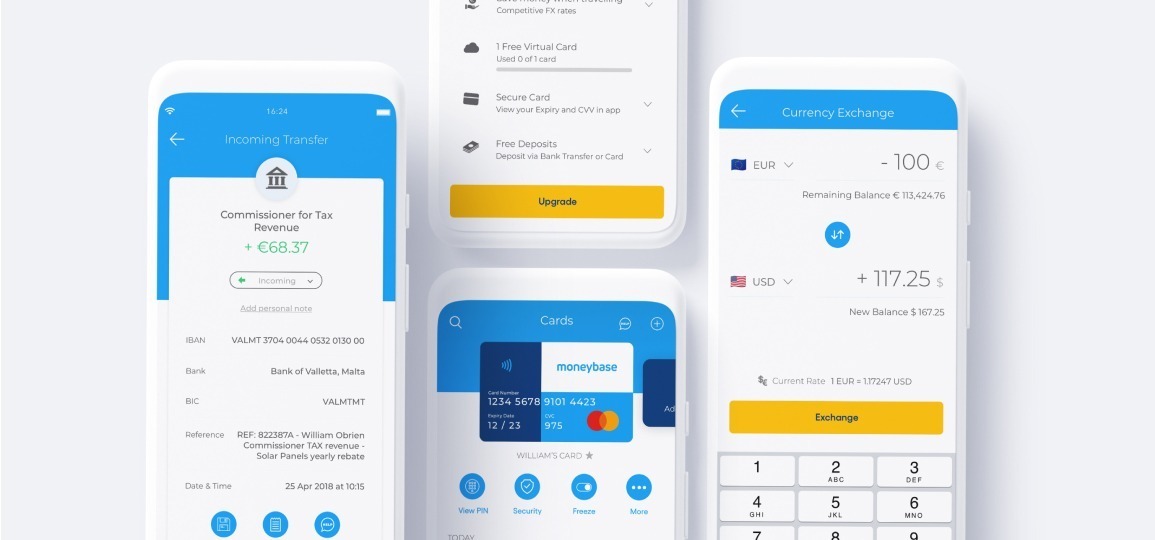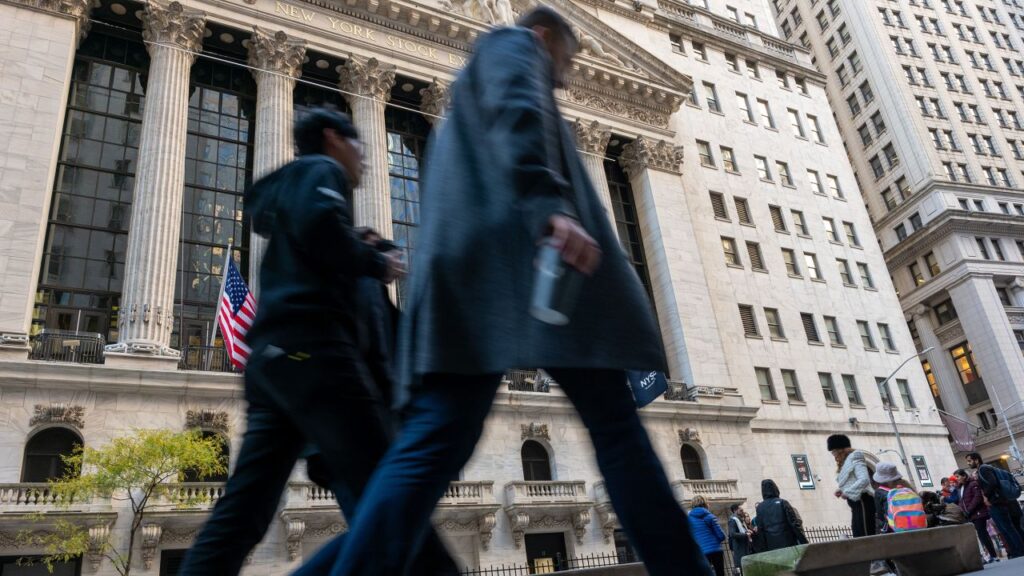When China moved from an economy that was mostly based on agriculture to one that centred on manufacturing, the move changed the world as we know it, with several products today sporting the ‘Made in China’ label. Likewise, India has become a leading exporter of mineral resources. What do these countries have in common? Known as emerging markets, these rapidly growing nations, are transitioning from being developing to developed.
Serving as important drivers of global growth and wealth accumulation, emerging markets cover a dominant share of the world’s population and natural resources, are home to a large pool of future consumers, while they have the potential to offer investors rewarding returns. Emerging nations differ substantially given that country endowment, economic fundamentals, socio-demographic factors and political climate all have a direct impact on the economy’s trajectory.
Find out more about them and discover how you can invest in these markets.

What are emerging markets?
Emerging markets are countries growing in productive capacity and are on their way to becoming developed markets, creating higher living standards, rapidly industrialising and adopting a free market economy. As they become more engaged with global markets, these nations transform into a more attractive investment opportunity for companies and investors alike. Each developing nation has its own unique political will to open its economy to foreign capital.
If you’re wondering what’s so important about them, the key is in the word ‘emerging’. With the potential to grow larger in the future and as a result, have more of an impact on global trade and economics, ultimately, emerging markets can help the global economy to grow even further. They also have the potential to overtake advanced economies. For example, at the end of 2016, India overtook the U.K. in terms of GDP (gross domestic product), particularly boosted by the uncertainties that were brought about due to Brexit which negatively affected business investment in the country. Nevertheless, emerging economies are more vulnerable to global shocks as they arise. For instance, the pandemic has undermined their economic prospects given the lack of economic power to seal a deal for the vaccines. Country risk factors play a key role in shaping its economic future.
So how can you tell if a country is considered an emerging market? Generally speaking, these exhibit specific traits that distinguish them from the developed world.
Here are five defining characteristics:
Income per capita: emerging markets usually achieve low to middle income per capita when compared to other counties. According to the World Bank, countries with a capital income of $3,995 or less are considered developing. Yet, lower average incomes also serve as great incentives for higher economic growth. As an economy pursues industrialisation and manufacturing activities, the income per capita increases with GDP.
Economic growth: the U.S. economy is considered the biggest in the world, however, it hasn’t been the fastest growing. This is mostly due to the US itself emerging from significant growth in the middle part of the last century. Another reason for this being so is that emerging market governments tend to implement policies that boost industrialisation and have the potential to bring about rapid economic growth. At the same time, these policies lead to lower unemployment, higher disposable income per capita, higher investments and better infrastructure.
Volatility: rapid social changes can lead to market volatility that can stem from three primary factors – political instability, external price shocks and natural disasters, which could expose investors to fluctuations in exchange rates, as well as market performance. For example, economies that rely on agriculture can be vulnerable to things like earthquakes or droughts.
Currency swings: currencies of emerging markets are more prone to volatile exchange rate fluctuations. A good example of this is the Argentine peso which has been devalued against the U.S. dollar at values higher than the country’s inflation itself. In addition, emerging markets are also susceptible to commodities swings like those of oil or gas given their resource-dependency. Currency swings may work against emerging countries as it affects their export levels in that emerging countries tend to prefer to have a weaker currency against the U.S. dollar, to keep their product attractive on a global level.
Growth potential: emerging markets’ growth potential is usually based on progressive industrialisation. But this growth also requires a substantial amount of investment capital that is often lacking domestically. These markets are often attractive to foreign investors due to the potential for high return on investment they may provide. By making use of their competitive advantage, these countries focus on exporting low-cost goods to richer nations, which in turn boosts GDP growth, stock prices and returns for investors.

What are the advantages of investing in emerging markets?
As the economy of an emerging market stabilises and grows, the national currency strengthens and national and foreign companies that tap into this have the potential to gain. Other benefits include:
Diversification - by having greater exposure to a variety of international investments, this can help diversify your portfolio even further, since an economic downturn in one country or region can be offset by growth in another.
Growth – economic growth since the 2007/08 financial crisis has been stagnant in much of Europe and the U.S., while investors have to deal with low interest rates. In contrast, developing countries have the potential for growth, whereas they tend to grow faster than their developed counterparts.
New opportunities – in the second quarter of 2021, the MSCI Emerging Markets Index finished up 5.05% in U.S. dollar terms, with Latin America having a strong showing, driven by robust performance in Brazil. As demand for goods and services by these countries increases and as infrastructure improves, emerging markets’ share of global economic growth will continue to rise and this could potentially spell an improvement to your portfolio’s overall long-term returns should you invest in these markets.
Valuation – generally speaking, companies in developed markets have their valuation factored into the price of their stock. In contrast, that of emerging markets do not, which means that you may be able to identify stocks that are trading at valuations which are inexpensive relative to their growth outlook.
What are the disadvantages of investing in emerging markets?
Without a doubt, emerging markets offer a wealth of exciting opportunities, however, they do pose certain specific risks. These include:
Political risk - developing nations tend to have unstable and at times even volatile governments, marred by corruption, among other things. Political unrest can have serious consequences on the economy of a country and by extension to investors.
Economic risk – from high inflation or deflation to unsound monetary policies and unregulated markets, insufficient labour and raw materials, all these factors can create economic risks which may present challenges to investors.
Currency risk - as mentioned above, the value of emerging market currencies can be somewhat volatile when compared to currencies like the U.S. dollar. This means that any investment profit can be diminished if a currency devalues or drops significantly.
It also goes without saying that not all emerging markets make for good investments. Ideally, select countries that have little debt, a government that isn’t corrupt and a growing labour market.
Which are the most important emerging markets?
Whereas the International Monetary Fund (IMF) classifies 23 countries as emerging, the Morgan Stanley Capital International (MSCI) lists 27, which means that emerging market economies are classified in different ways by different observers. However, the top four, most well-known developing economies include Brazil, Russia, India and China, the so-called BRICs.
Among the largest and fastest-growing markets, the BRICs have the greatest potential to influence the global economy and have had explosive growth in the past decade. For instance, China and India are home to over 35% of the world’s labour force and population, while they are powerhouses in their own right. Increased globalisation has pushed these to become an important source of global growth and political influence, so much so that they have grown rapidly with their share of global GDP rising from 11% in 1990 to almost 30% in 2014. What’s more, financial markets in the BRIC countries have expanded in a rapid manner. Russia and China’s market cap went from an almost 0% of GDP to 70% and 81% respectively, while that of Brazil increased from a low of 4% to 74% and India’s from 12% to 93%. It comes as no surprise then that these economies have become the new engines of global demand.

How to invest in emerging markets?
There are several ways to take advantage of high growth rates and opportunities in emerging markets. You could invest in individual emerging market companies, but perhaps the best way is to select an emerging market fund that will allow you to invest more broadly. In this manner, you won’t have to research foreign companies and the economic policies of individual countries, while a fund can reduce your risk by diversifying your investments into a basket of emerging markets, instead of just one. One such fund is the CC Emerging Market Bond Fund, which distributed 4.25% in the last twelve months and aims to maximise the total level of return for investors by investing primarily in a well-diversified portfolio of debt securities and other fixed-income or interest-bearing securities. The Fund also serves as a great way to accumulate wealth over time since it reinvests coupons received on a gross basis.
Ready to invest in the emerging markets? Your first step to tapping into a world of investment opportunities with Moneybase Invest is to sign up and open an account.
To do so:
- Download the app from either Google Play or the Apple App Store. Alternatively, you may access Moneybase Invest on your desktop by visiting https://live.cctrader.com/
- Once you’ve onboarded successfully and have funded your account, head over to the search bar at the top of your screen and input CC Emerging Market Bond Fund – Class D
- Select the instrument and then click on the Buy button on the window located at the bottom of your screen.
- On the New Order page hit the Place Buy Order. The Fund has been added to your portfolio.
Access over 20,000 Stocks, ETFs, Bonds & Funds and over 4,300 fractional US shares and ETFs on our award-winning platform, with no hidden fees and instant market execution.
Moneybase Invest is brought to you by Calamatta Cuschieri Investment Services Ltd and is licensed to conduct investment services business by the MFSA under the Investment Services Act.
Moneybase Invest offers direct market access and speed of execution and is intended for knowledgeable and experienced individuals taking their own investment decisions. The value of investments may go up and down and currency fluctuations may also affect investment performance.
The contents of this article are not intended to be taken as a personal recommendation to invest but strictly based on research and for information purposes only. Retail investors should contact their financial adviser for a suitability assessment prior to taking any investment decisions.





